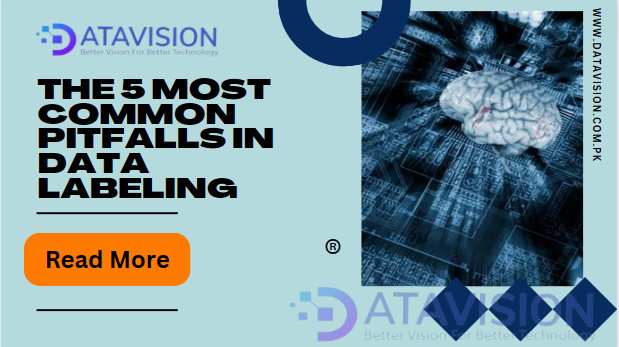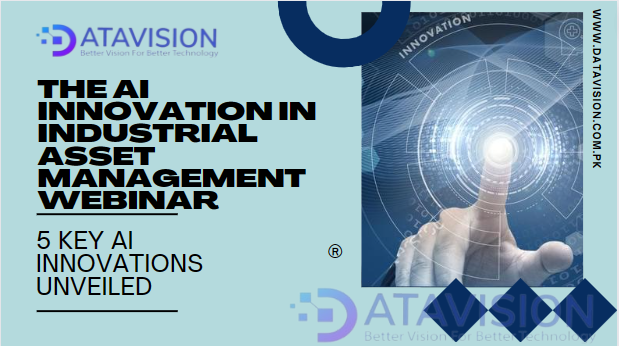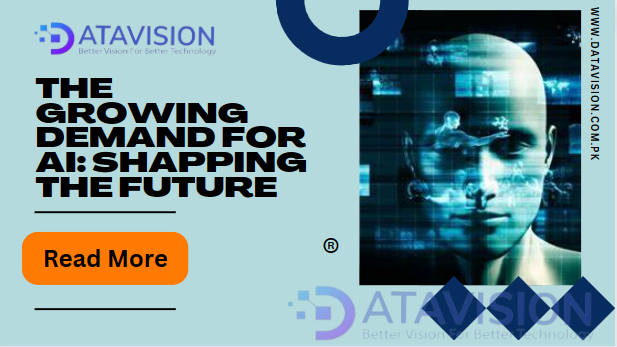Introduction:
In our increasingly visual world, images have become a universal language, conveying information and emotions with incredible impacts. The image involves the process of labeling the categorizing objects, regions, or attributes within an image, making it easier for machines to comprehend Visual data. Its diverse applications, and evolving techniques enable machines to interpret images with remarkable accuracy. This blog will delve into the intricacies of image annotation, its significance across industries, Applications of Image Annotation, popular annotation techniques, and the future of this transformative technology.
Understanding Image Annotation:
Image annotation is the bridge that connects the visual world with artificial intelligence. It involves annotators manually or automatically adding metadata, labels, or markers to images, providing context and enabling machines to comprehend visual content. Annotations can take various forms, including bounding boxes, polygons, semantic segmentation masks, key points, or even textual descriptions. By associating these annotations with specific objects or regions, image annotation enables machines to recognize patterns, identify objects, and extract valuable insights from images.
- Bounding Boxes:
An image showing objects within a frame with annotated bounding boxes around them. Bounding boxes are rectangular regions that enclose specific objects, allowing machines to identify and locate them accurately.
- Semantic Segmentation Masks:
An image with Various colored regions representing different objects or areas of interest. Semantic segmentation masks provide pixel-level annotations, distinguishing between different classes or categories within an image.
- Key Points Annotations:
An image with specific key points marked on objects. Key point annotations identify and label key features or landmarks on objects, aiding in object recognition and pose estimation tasks.
- Active Learning Framework:
An illustrative showcasing of the active learning process, where a machine learning model selects informative samples from a dataset for annotation by humans. This iterative process focuses on annotating challenging or uncertain images to improve the model’s performance.
- Annotation Interface:
An image showing a user interface designed for image annotation tasks. It could include tools and functionalities for annotators to draw bounding boxes, segment objects, mark key points, or add textual descriptions.
Applications of Image Annotation:
Object Recognition and Detection:
Image annotation enables computers to recognize and identify objects within an image. It forms the foundation for training object recognition and detection algorithms, allowing machines to identify specific objects and distinguish them from the background. This capability finds applications in fields such as autonomous driving, where vehicles need to identify pedestrians, traffic signs, and other vehicles accurately.
Semantic Segmentation:
Semantic segmentation involves dividing an image into distinct regions and assigning each region a meaningful label. Image annotation helps in creating pixel-level annotations, enabling machines to understand the semantics of different regions within an image. This technique has diverse applications, including medical imaging analysis, where it aids in the segmentation of tumors, organs, or abnormalities.
Image Captioning:
Image annotation plays a crucial role in image captioning, where machines generate textual descriptions or cations based on the content of an image. By annotating images with relevant textual labels, machines can learn to generate accurate and contextually meaningful captions, thereby enhancing the accessibility and understanding of visual content.
Techniques for Image Annotation:
Manual Annotation:
Manual annotation involves human annotators carefully labeling and annotating objects within an image. Manual annotation is often performed by experts or crowdsourcing platforms, ensuring precise annotations.
Semi-Supervised Annotation:
Semi-supervised annotation combines manual annotation with automated techniques. It starts with a small set of manually annotated images and employs algorithms such as active learning and clustering to propagate annotations to the remaining dataset. This approach reduces annotation efforts while maintaining high annotation quality.
Automated Annotation:
Automated annotation techniques utilize advanced computer vision algorithms to automatically annotate images. This includes techniques such as object detection, image segmentation, and feature extraction. While automated annotation provides a cost-effective solution, it may have lower accuracy and require manual verification.
Common image annotation use cases
We have been investigating how image annotation is used to develop technologies for use in everyday life. Applications range from the simplest activities like recognizing a face, to robots performing different tasks in different industries.
Let’s look at some of the most common use cases in the next section.
Face recognition
Annotate images of human faces using key points to identify facial features and distinguish between different faces.
As it progresses, facial recognition technology is becoming more and more widely used in various fields.
Security and surveillance
Another common use of image annotation is surveillance to detect items such as suspicious bags or suspicious activity. Image annotation for security has proven to be extremely beneficial to the general public, taking techniques such as crowd detection, night vision and facial recognition to new levels to detect intrusions as best as possible.
Agriculture technology
Agricultural engineering relies on image annotation for a variety of tasks, such as identifying plant diseases. This is done by annotating images of both healthy and diseased plants. Crop growth rate measurement is one of the most important aspects of producing top-quality crops, and image annotation has enabled farmers to observe the growth rate of large areas in a timely manner.
Not only does this method save the farmer more time, but it can also save more money by helping identify common soil and vegetation problems early. Other problems may include nutrient deficiencies, lack of water, insect problems, poisoning, etc. AI-assisted farming techniques can also assess the ripeness of fruits and vegetables, potentially leading to more profitable harvests.
Medical imaging
Image annotation has immense use in the medical field. Annotating medical images is commonly used to diagnose diseases such as cancer, brain tumors, and other neurological disorders. Here the annotator highlights areas that need special attention. This is done using bounding boxes, polygons, or other techniques applicable to the particular use case.
Today’s data availability has enabled medical professionals to provide patients with more accurate information as predictive algorithms and image annotation techniques provide better predictive models.
Robotics
Humans have developed advanced techniques of robotics and are automating many human-involved processes. Line annotation is also very important in robotics as it is used to distinguish different parts of the production line.
Autonomous vehicles
Object detection and object classification algorithms are responsible for enabling self-driving cars to perform computer vision tasks and make harmless decisions. Thanks to these algorithms and labeled data, self-driving cars can easily recognize intersections, issue emergency alerts, identify pedestrians and animals crossing the road, and even control their vehicles to avoid accidents.
There are various image annotation techniques in this field, but only a few are actually used to create training data sets. Bounding boxes, cuboids, lane annotation, and semantic segmentation are the main image annotation techniques used during the creation process. The latter supports the vehicle’s computer vision-based algorithms, ultimately helping AI understand scenarios and make them contextually understandable while also helping to avoid possible collisions.
Drone/aerial imagery
A drone’s primary function is to collect data through sensors and cameras and use that data to analyze information. Extending to AI applications, training data will require image and video annotations. Aerial imagery annotation involves labeling images captured by satellites/drones and using them to train computer vision models to explore important features in a particular domain.
Insurance
The insurance industry is highly influenced by AI and data annotation. When it comes to completing tasks, insurance professionals and customers alike want quick results, and that’s where AI comes in. AI’s ability to collect and analyze data greatly eases and accelerates the process of inspection and evidence gathering.
Conclusion:
Image annotation has revolutionized the way machines interpret and understand visual content. By providing meaningful labels and annotations, it enables machines to recognize objects, identify regions, and extract valuable information from images. With its wide-ranging applications in fields like energy, e-commerce, healthcare, and autonomous systems, image annotation has become an indispensable tool for unlocking the power of visual data. It’s an important tool that makes computers smarter and helps us in different aspects of our lives. Nowadays, Image annotation is used in recognizing faces, detecting suspicious activities, identifying plant diseases, diagnosing medical conditions, and more. As technology advances, image annotation will continue evolving, unlocking new possibilities for visual understanding and driving innovation in robotics, autonomous vehicles, and agriculture technology. The future of image annotation holds immense potential in harnessing the power of visual data to solve complex problems and improve the quality of our lives.




